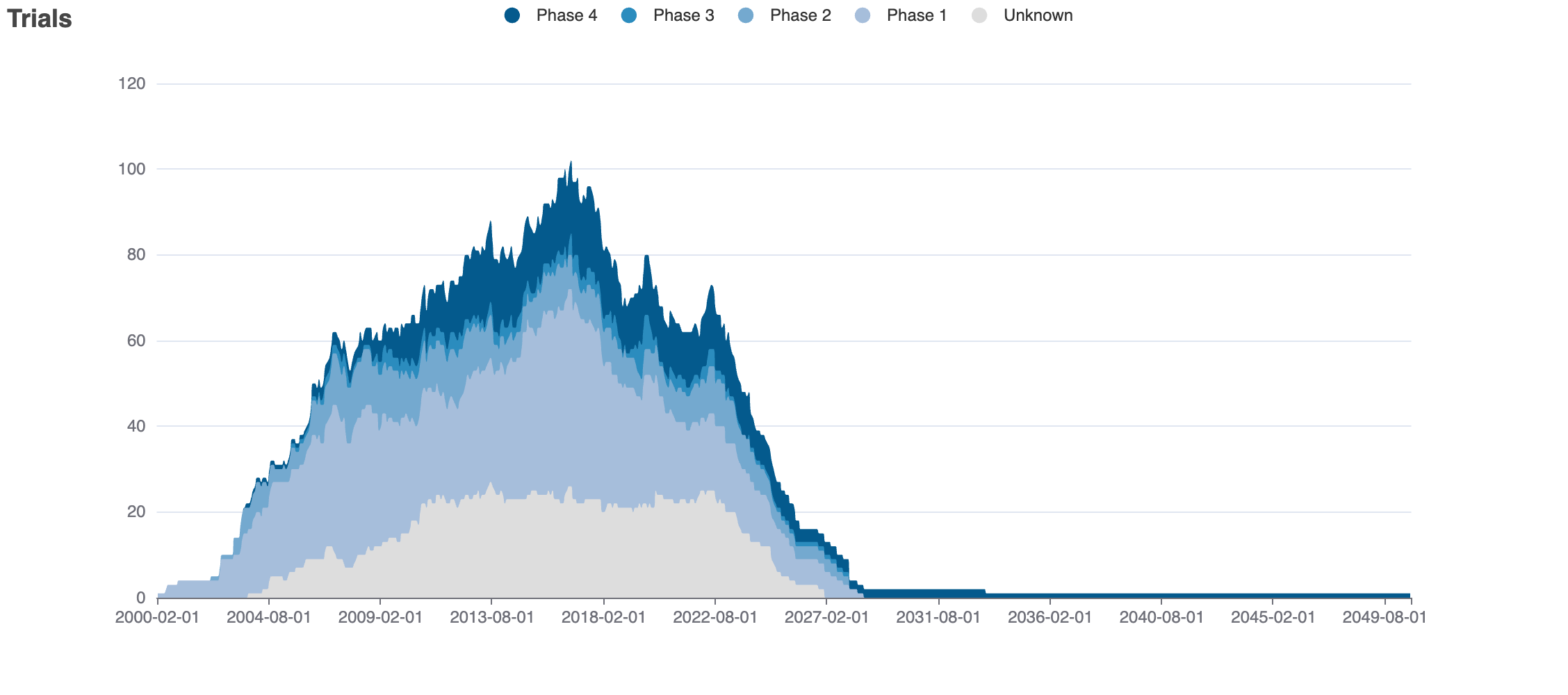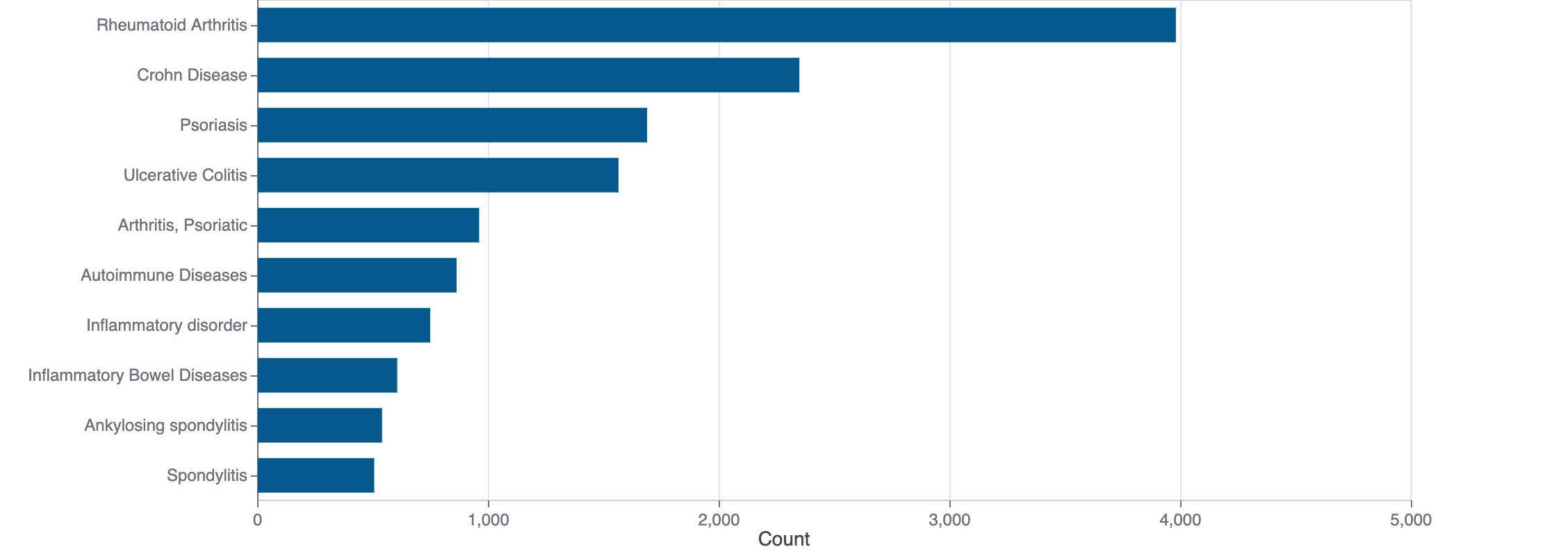SELURAMPANEL
Selurampanel is a small molecule pharmaceutical. It is currently being investigated in clinical studies.
Download report
Favorite
Events Timeline
Commercial
Clinical
Drug
Target
Variants
Financial
Trends
Safety
Events Timeline
5D
1M
3M
6M
YTD
1Y
2Y
5Y
Max
Events
FDA approval date
EMA approval date
Patent expiration date
Study first post date
Last update post date
Start date
Primary completion date
Completion date
Results first post date

Mock data
Subscribe for the real data
Subscribe for the real data
Commercial
No data
Clinical
Clinical Trials
10 clinical trials
View more details

Mock data
Subscribe for the real data
Subscribe for the real data
Indications Phases 4
No data
Indications Phases 3
No data
Indications Phases 2
Indication | MeSH | Ontology | ICD-10 | Ph 1 | Ph 2 | Ph 3 | Ph 4 | Other | Total |
|---|---|---|---|---|---|---|---|---|---|
| Seizures | D012640 | — | G40.4 | — | 4 | — | — | — | 4 |
| Complex partial epilepsy | D017029 | EFO_1000877 | — | — | 3 | — | — | — | 3 |
| Migraine disorders | D008881 | EFO_0003821 | G43 | — | 2 | — | — | — | 2 |
| Epilepsy | D004827 | EFO_0000474 | G40.9 | — | 2 | — | — | — | 2 |
| Adrenocortical adenoma | D018246 | — | — | — | 1 | — | — | — | 1 |
| Endometrial stromal sarcoma | D018203 | — | — | — | 1 | — | — | — | 1 |
| Multiple sclerosis | D009103 | EFO_0003885 | G35 | — | 1 | — | — | — | 1 |
| Muscle spasticity | D009128 | — | — | — | 1 | — | — | — | 1 |
| Sclerosis | D012598 | — | — | — | 1 | — | — | — | 1 |
| Tinnitus | D014012 | — | H93.1 | — | 1 | — | — | — | 1 |
Show 2 more
Indications Phases 1
No data
Indications Without Phase
No data
Epidemiology
Epidemiological information for investigational and approved indications
View more details
Drug
General
| Drug common name | SELURAMPANEL |
| INN | selurampanel |
| Description | Selurampanel (INN, code name BGG492) is a drug closely related to the quinoxalinedione series which acts as a competitive antagonist of the AMPA and kainate receptors and, as of 2015, is being investigated in clinical trials by Novartis for the treatment of epilepsy. It has also been studied in the acute treatment of migraine, and was found to produce some pain relief, but with a relatively high rate of side effects.
|
| Classification | Small molecule |
| Drug class | ionotropic non-NMDA (N-methyl D-aspartate) glutamate receptors [AMPA (alpha-amino-3-hydroxy-5-methyl-4-isoxazolepropionic acid receptor) and/or KA (kainite antagonist) receptors]: antagonists |
| Image (chem structure or protein) |  |
| Structure (InChI/SMILES or Protein Sequence) | CC(C)c1cc2[nH]c(=O)n(NS(C)(=O)=O)c(=O)c2cc1-c1ccnn1C |
Identifiers
| PDB | — |
| CAS-ID | 912574-69-7 |
| RxCUI | — |
| ChEMBL ID | CHEMBL3545042 |
| ChEBI ID | — |
| PubChem CID | 45381907 |
| DrugBank | — |
| UNII ID | 7WG1MR7DAR (ChemIDplus, GSRS) |
Target
No data
Variants
No data
Financial
No data
Trends
PubMed Central
Top Terms for Disease or Syndrome:

Mock data
Subscribe for the real data
Subscribe for the real data
Additional graphs summarizing 52 documents
View more details
Safety
Black-box Warning
No Black-box warning
Adverse Events
0 adverse events reported
© 2020-2025 Collaborative Drug Discovery Inc. (CDD) | Terms of Use